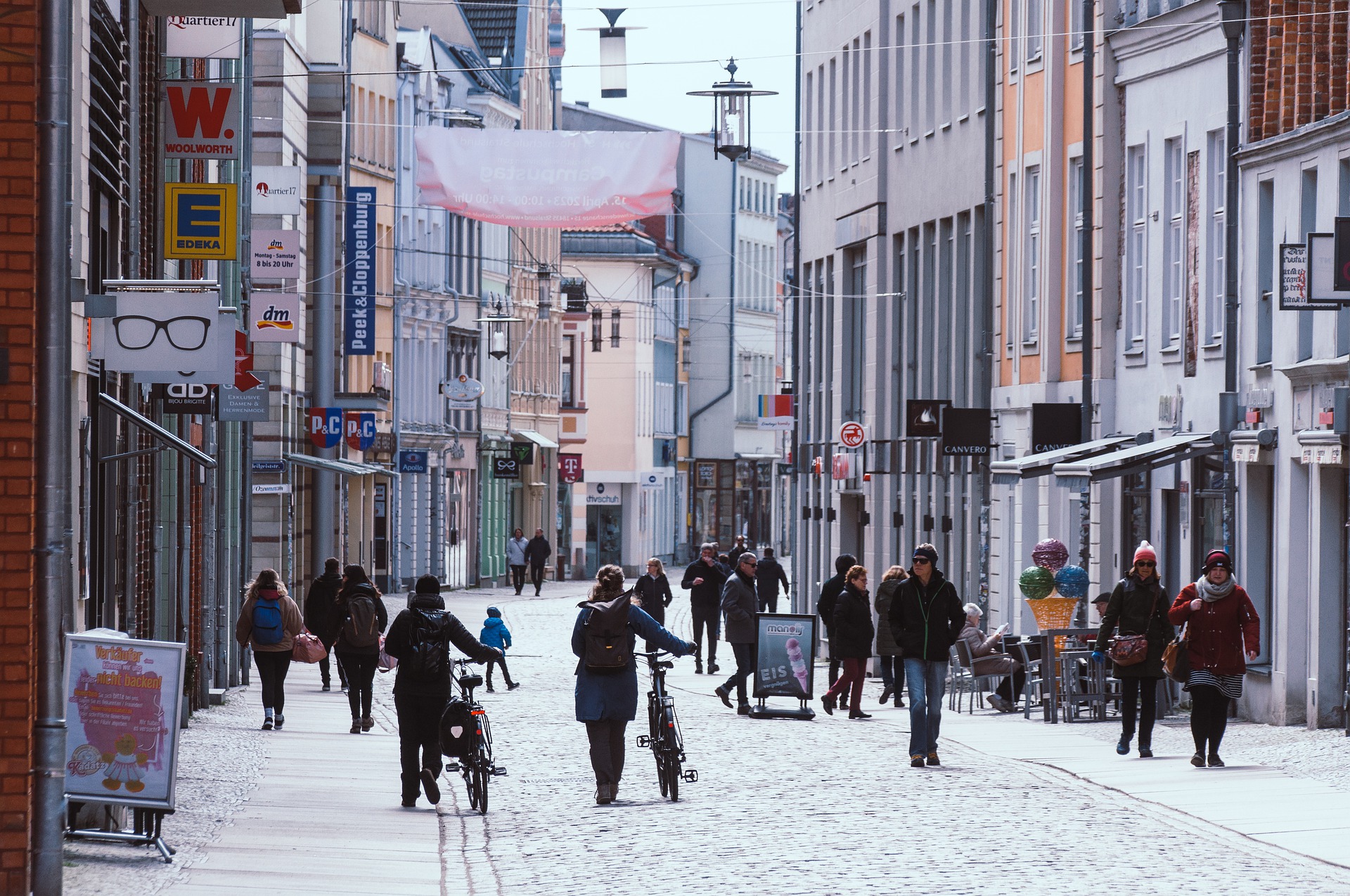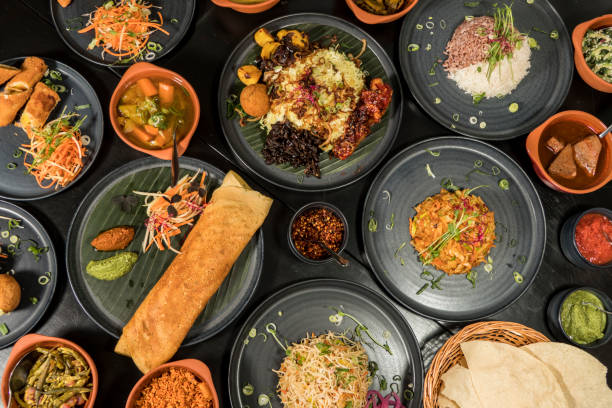The Emergence and Influence of Slow Living in a Fast-Paced Society
In our fast-paced society, the constant demand for efficiency and productivity often leaves individuals feeling overwhelmed and stressed. But a counter-movement has been quietly gathering momentum: Slow Living. Advocates of this lifestyle encourage a slower, more mindful approach to life, emphasizing quality over quantity. Read below to explore this alternative lifestyle trend that is reshaping the way we live and interact.

Rediscovering the Art of Slow: A Historical Perspective
The Slow Living movement began in Italy in the 1980s as a reaction against fast food and rapidly spreading consumer culture. Carlo Petrini, an Italian journalist, led a protest against the opening of a McDonald’s in Rome’s historic Piazza di Spagna. This event marked the birth of the Slow Food movement, a rejection of fast food culture and an embrace of locally sourced, high-quality ingredients and traditional cooking methods.
Over time, the Slow philosophy expanded beyond food, influencing various aspects of life, including travel, education, and work. Today, Slow Living represents a broader cultural shift towards mindfulness, sustainability, and a balanced lifestyle.
The Contemporary Relevance: Slow Living in Today’s Society
Today’s society, characterized by digital distractions and a constant need for speed, has created an environment ripe for the adoption of the Slow Living philosophy. People are increasingly seeking ways to disconnect from the digital world, reduce stress, and lead more meaningful lives.
Slow Living promotes a conscious, mindful approach to everyday activities, encouraging individuals to take the time to appreciate the present moment. It also emphasizes sustainability and a connection to nature, aligning with the rising trend of environmental consciousness.
The Societal Impact: The Ripple Effect of Slow Living
The Slow Living movement is reshaping societal norms and behaviors. It encourages a shift from a consumerist mindset to one that values experiences over possessions. This shift has implications for various sectors, from retail to tourism, requiring them to adapt to changing consumer preferences.
Moreover, Slow Living’s emphasis on sustainability is driving changes in consumption patterns, encouraging a move towards locally sourced, organic products. This has potential benefits for local economies and the environment, reducing carbon footprint and promoting biodiversity.
The movement also encourages a balanced approach to work, challenging the ‘always-on’ work culture prevalent in many societies. This shift can lead to healthier work environments and improved employee wellbeing.
A Glimpse into the Future: The Potential of Slow Living
The Slow Living movement, though still emerging, holds immense potential to shape future societal trends. As individuals continue to seek balance and meaning in a fast-paced world, the principles of Slow Living could become increasingly mainstream.
If adopted on a broader scale, Slow Living could lead to significant societal changes, from more sustainable consumption patterns to healthier work-life balance. It could also promote increased mindfulness and mental wellbeing, offering a potential antidote to the stress and burnout prevalent in today’s society.
In conclusion, Slow Living represents a fascinating cultural shift, a quiet rebellion against the relentless pace of modern life. As we navigate the complexities of the 21st century, this movement offers a fresh perspective on how we can live more mindfully and sustainably. Its potential implications are far-reaching, promising to reshape societal norms and behaviors in profound ways.






